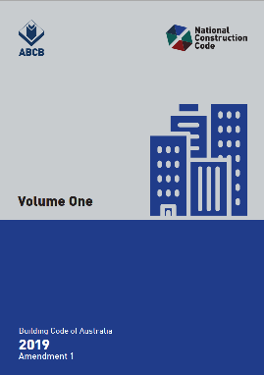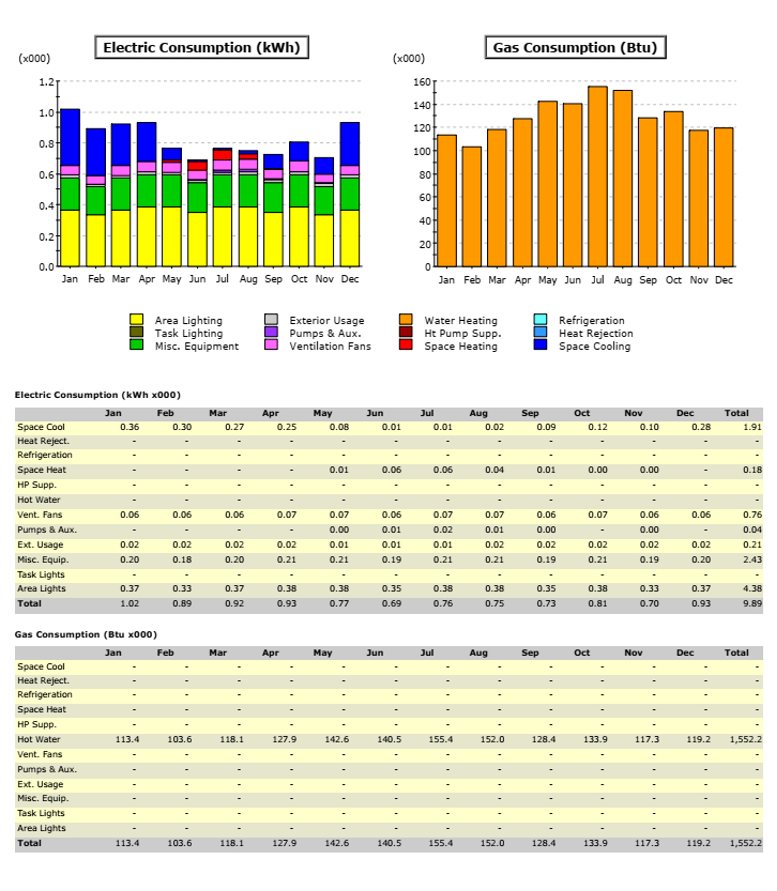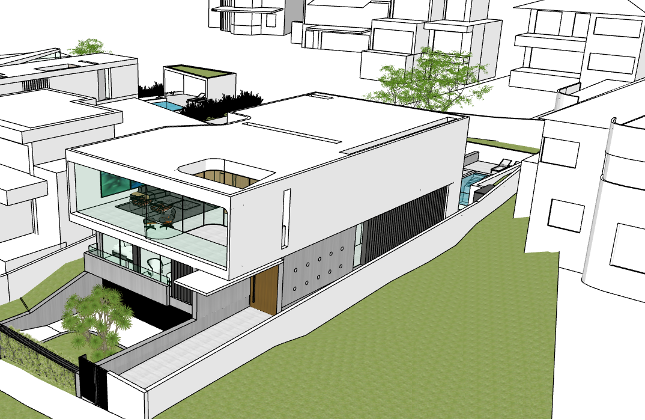BCA Section J- Alternative Solution (JV3)
|

|
To comply with Section J of the NCC 2019, one of the following compliance paths can be pursued:
- Compliance with deemed-to-satisfy (DTS) provisions; or
- Compliance with an Alternative Solution
Compliance with DTS provisions is achieved when the building design meets minimum section J requirements outlined in BCA.
|

National Construction Code
|

|
On the other hand, compliance with an alternative Solution applies when a building's design does not meet DTS provisions, or when a more economical solution is available. To show compliance with an alternative solution, the JV3 Verification method outlined in the BCA is used to model a building's annual energy consumption against its energy consumption complied with DTS provisions. To do JV3 modelling, a reference building model that meets DTS provisions is created and its annual energy consumption is compared against the proposed model's annual energy consumption. As outlined in the BCA, compliance with JV3 verification method is met when the proposed building's annual energy consumption is less than or equal to the reference building's annual energy consumption.
JV3 allows more flexibility to design a development meeting energy efficiency requirement by looking at building's facade and services in more details as long as its energy usage does not exceed the reference buildings energy usage targets.
|

|
JV3 Verification using a reference building
A building, including its services, must have features that facilitate the efficient use of energy appropriate to:
- (a) For a Class 3, 5, 6, 7, 8 or 9 building or common area of a Class 2 building, compliance with JP1 is verified when
- (i) it is determined that the annual greenhouse gas emissions of the proposed building are not more than the annual greenhouse gas emissions of a reference building when
- (A) the proposed building is modelled with the proposed services; and
- (B) the proposed building is modelled with the same services as the reference building; and
- (ii) in the proposed building, a thermal comfort level of between a Predicted Mean Vote of -1 to +1 is achieved across not less than 95% of the floor area of all occupied zones for not less than 98% of the annual hours of operation of the building; and
- (iii) the building complies with the additional requirements in Specification JVa.
- (b) The annual greenhouse gas emissions of the proposed building may be offset by
- (i) renewable energy generated and used on site; and
- (ii) another process such as reclaimed energy, used on site.
- (c) The calculation method used for (a) and (b) must comply with
- (i) ANSI/ASHRAE Standard 140; and
- (ii) Specification JVb.
|

|
|

|
|

|